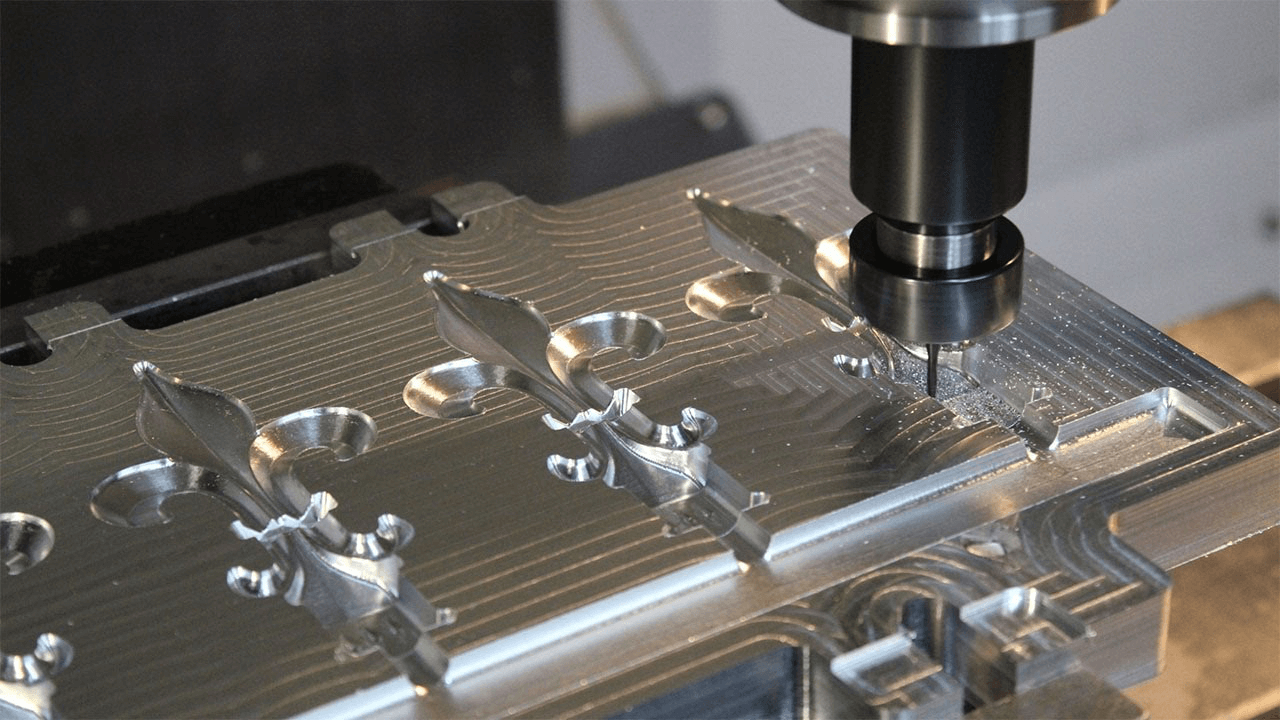The RP (rapid prototype technique) can help create a mold in rapid tooling processes. The process can also help in tool fabrication for a few prototypes. The rapid prototyping method is cheap and uses little time than conventional tooling. If you want to promote products in their market, this prototyping process is a good move. It will help you produce many parts from alternative materials.
Rapid tooling is a technique that is very effective and advanced. It aids to develop several parts according to the choice and design of injected materials. The process is mostly applied in the production of a few parts. It gives accurate molds quickly with a speedy milling competence.
In short, the rapid tooling process revolves around success and quick results. The great result in this process also comes from the tools, processes, workforce and methods used. The CAD data produces exclusive model parts within the needed timeframe. The process is cheap and convenient compared to the other traditional processes. Rapid tooling aids in the manufacturing of injection molded components.
On the negative side, rapid tooling involves a little volume of rapid injection for various plastic components. Using tooling techniques, steel or aluminum molds may get used as molding process parts to create many copies of those parts.
Advantages of the rapid tooling method
Promotes innovation
The rapid tooling method doesn't involve conventional tooling, promoting a modern range of products in customized ways. The process helps in producing complex geometrics in a limited time.
Saves time
The conventional process involves the creation of patterns, molds and special tools. In rapid tooling, there is no need for all these creations. It reduces the time between an initial idea and its evaluation. The process gives precise components for advanced testing methods like features, usability, performance and forms. It's a customized method permitting advanced customization of molds to meet the customer's specifications and needs.
Cheap
It's a cheap process. Its affordability translates into positive impacts on clients. It helps in production competence, providing a faster introduction to markets than other processes. The process doesn't involve many technicalities that will need great experts or expensive materials to use. The time duration is also short, making it cost less than the other production methods.
Applications
The rapid tooling method has many applications, and it's a development process that is immensely growing. It aids in the creation of both nonmetallic and metallic molds. It also helps in casting cores and shapes. It's possible to count stamps, create splintering tools and produce hybrid casting patterns.
Conclusion
In short, the rapid tooling method is of great help to manufacturing industries. The process is cheap, efficient, and faster to produce components quickly. The process suits well the production of low volume products.
To get high-quality rapid injection components, contact the 3ERP for free quotes. You will get advice about the best options you can target. The combination of engineering capabilities, advanced technology, and expertise will give you the best offer solutions for rapid tooling.


